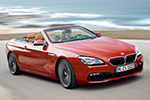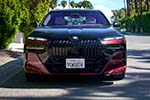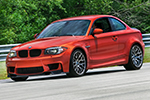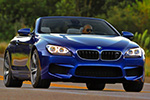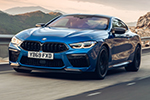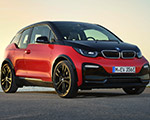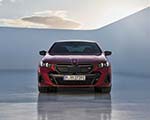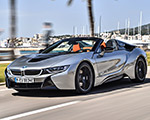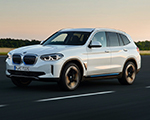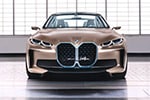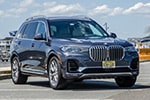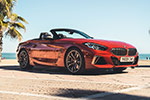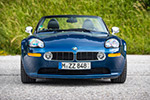The E39 was the first M5 with a V8 engine, but the sports sedan could’ve turned out quite differently. In the early stages of development, BMW considered sticking with the six-cylinder formula used in its E28 and E34 predecessors. One proposal that was ultimately scrapped involved equipping the third-generation M5 with a turbocharged inline-six. Even more controversial was the idea of fitting a V6, an engine configuration BMW has never produced.
Both lower-displacement options were left on the proverbial cutting room floor. When the time came to replace the aging S38, which traced its roots to the M88-powered 1978 M1, BMW opted instead for the larger 5.0-liter V8, codenamed S62. E39 M5 Project Leader Alex Hildebrandt explained the company didn’t want to make a significant investment that wouldn’t have paid off in the United States. It’s worth noting that the E34 M5 was a slow-seller in the US, which accounted for just 13% of total production with just 1,476 cars sold.
“In the end, the company was not prepared to spend the money to develop an engine for only 2–3,000 cars a year. So this idea [of a six-cylinder engine] was buried, but we’d lost two years of development, a lot of time.”
But why was BMW considering a six-cylinder engine for the E39 M5 in the first place? At the time, M division boss Karlheinz Kalbfell championed the inline-six tradition, with efficiency also in mind. Eventually, however, he was persuaded that a large V8 would be more appealing to horsepower-hungry American buyers.
Still, the delay in choosing the engine meant the M division was already two years behind schedule. Engineers were tasked with transforming the existing M62 into the S62 by redesigning the block and increasing displacement from 4.4 to 5.0 liters. BMW also upgraded the oil system and installed an intake system with eight individual throttle bodies, one for each cylinder, and made other tweaks. The redline rose from 5,700 to 6,600 rpm, and the US-spec car was rated at a healthy 394 horsepower. The availability of a six-speed manual while rivals such as the Mercedes E55 and Jaguar XJR were automatic-only also helped.
Combined with a relatively reasonable starting price of $69,500, the strategy paid off. Nearly half of the 20,482 E39 M5s produced were sold in the United States. A total of 9,198 cars reached American buyers before production ended in June 2003. That same S62 engine later powered the gorgeous Z8 and even saw use in race cars.






































